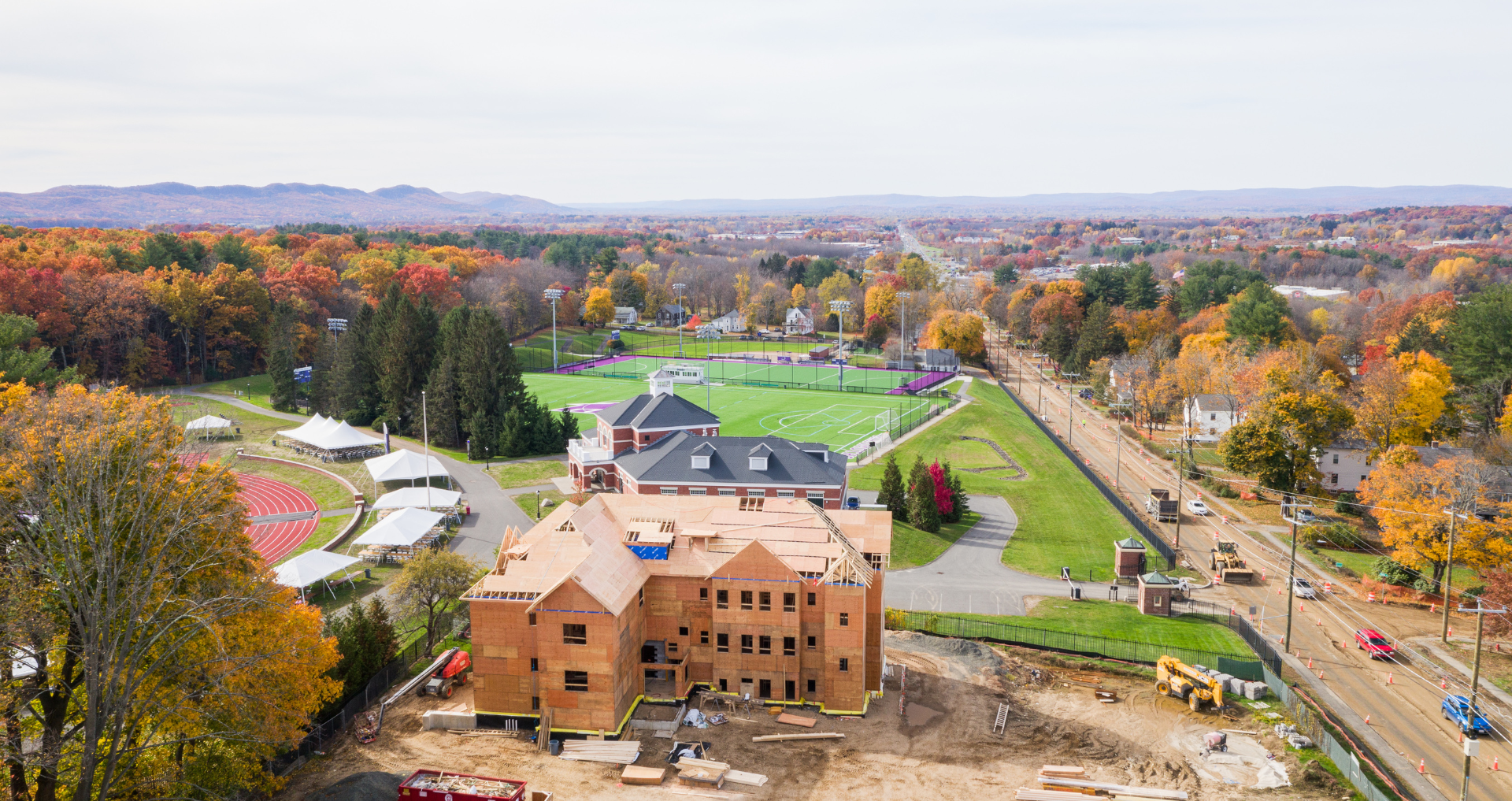Town Kicks Off Housing Production Plan

The town of Amherst and consultants summarized a new housing production plan and saught community input at two sessions at the Jones Library last Tuesday. The plan — last updated in 2013 — will increase Amherst’s “affordable and attainable” housing supply over the five-year period from 2026 to 2030.
Before creating housing supply, the town must conduct a housing needs assessment. This first step — where the process currently stands — involves the review of existing housing, barriers to building new units, and population trends and projections.
Andy Churchill, former school committee member, said he attended the meeting because he was concerned about raising enough revenue for new housing.
“I became concerned about Amherst’s fiscal situation and our ability to pay for the things that a functional town should be able to pay for,” Churchill said. “We don’t have a lot of industry in town, and we have a lot of non-taxable land … property taxes are what we depend upon.”
But getting more revenue from property taxes could prove to be difficult. Amherst faces a land shortage — a resident at the meeting reported that there were only 97 buildable lots remaining. And residents fear that students will be the ones to take advantage of the remaining lots.
Community members are also worried about the conversion of single-family homes into student rentals. This worry applies more to University of Massachusetts, Amherst, as Amherst College limits the amount of students who can live off-campus each year. However, Churchill said that the college could still do more when it comes to affordable housing by donating land.
Judi Barrett, the founding principal and managing director of Barrett Consulting, who worked with other college towns on housing plans and witnessed similar grievances, expressed support for students in the valley.
“People complain about students,” said Barrett, whose children attended UMass. “It drives me nuts because I think communities with a college, or two or three, have an economy and a life that they otherwise would not have.”
Aside from competition from the student housing market, community members favored more housing opportunities for older adults.
For example, Churchill lives alone in an otherwise empty house — his wife passed away and his children moved out — and has not yet downsized. He worries about finding another place that is affordable.
“I would love to have a family living here [instead of me] but I would need to figure out where I would live,” Churchill said. “I’m sure there’s a number of people who are in that boat, and elderly housing … would free up some housing for new families.”
Although Amherst has met the state-required threshold for affordable housing — over 10% of Amherst’s year-round housing stock is affordable for low and moderate income households — there is still a desire to increase that supply.
Amherst community members remain split on the style of new housing — some are opposed to the more modern-looking apartments downtown, while others are proponents of increasing housing density.
Either way, the population of Amherst is expected to shrink over the next 20 years by around 3,000, according to the UMass Amherst Donahue Institute. The population is aging, while the share of residents under 25 is declining, as school district data emphasizes. As a result, the town has to be careful not to overbuild.
A public survey later this month will gather more input on housing, as will another community meeting in early December. Then, the town will develop specific visions and production targets before turning to implementation strategies in 2025. The final housing production plan will be ready for public review in April 2025.